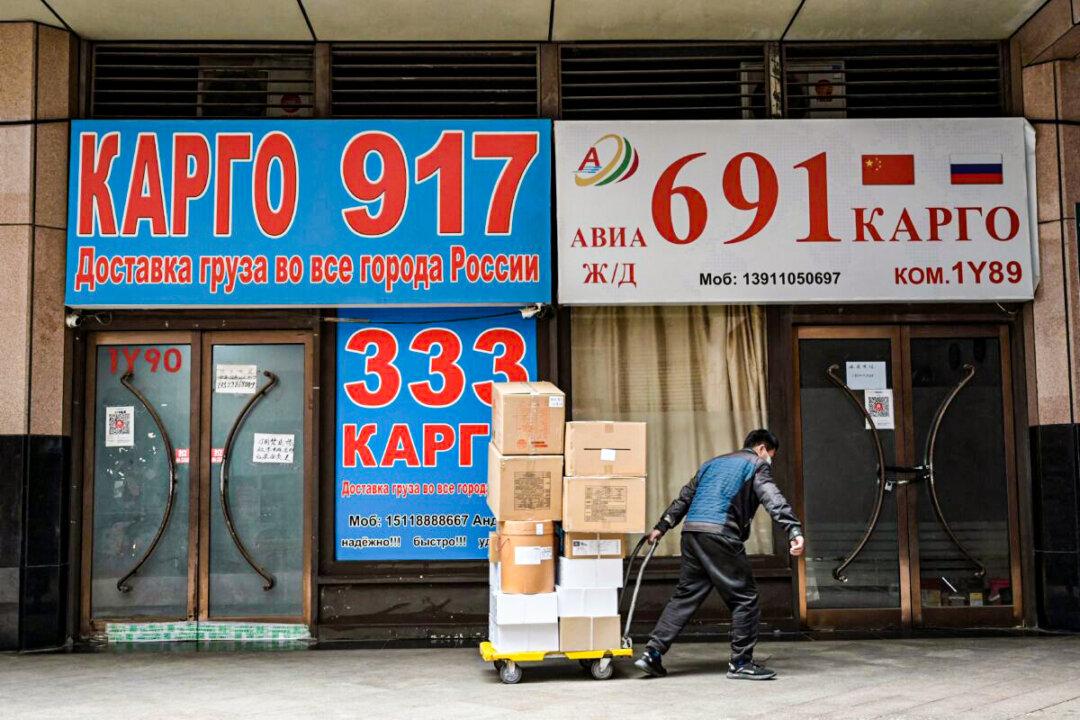LONDON—JPMorgan has warned that the combination of Russia’s war in Ukraine and China’s ongoing property crash could see the worst wave of corporate defaults since the global financial crisis.
A new report from the bank’s analysts on Monday estimated the emerging market-wide default rate would now reach 8.5 percent, more than double the 3.9 percent they expected at the start of the year before the war in Ukraine.





